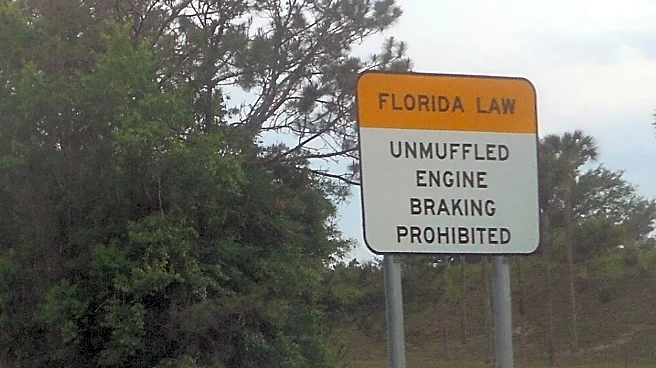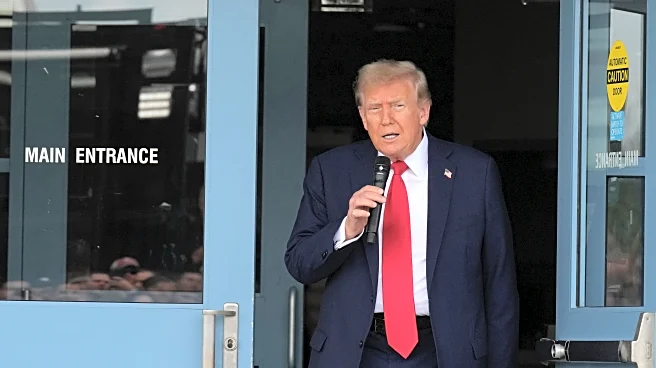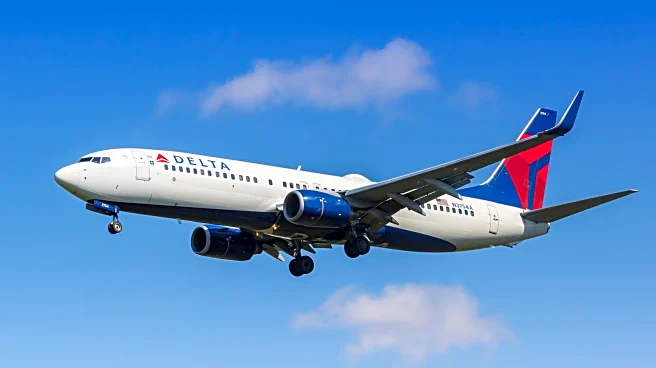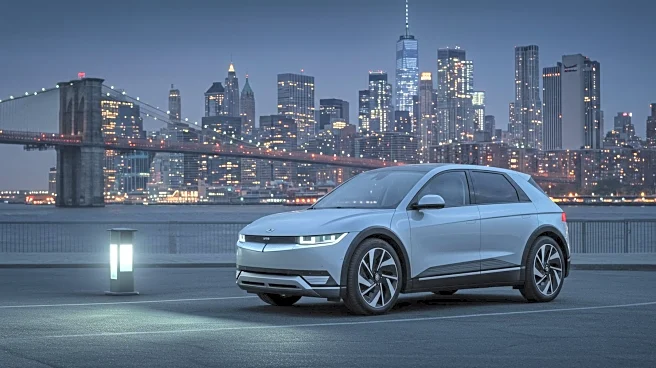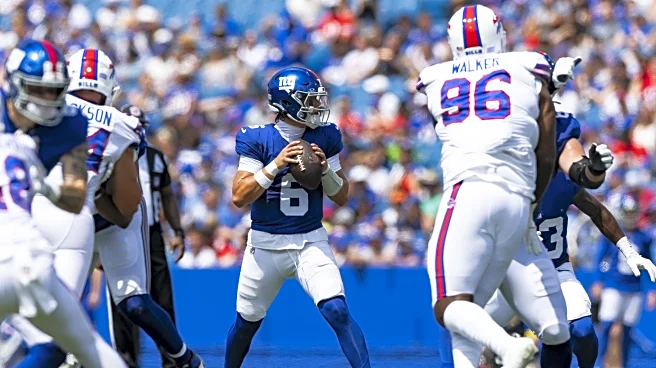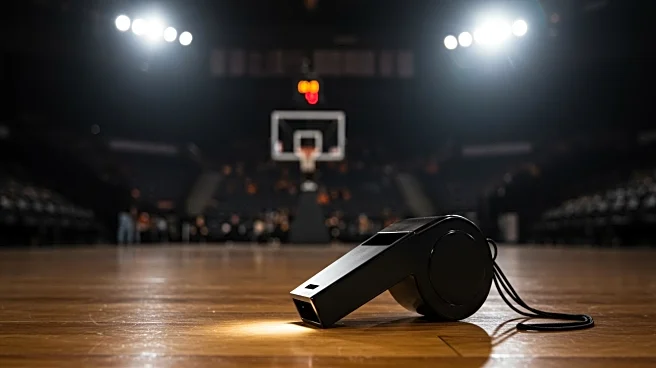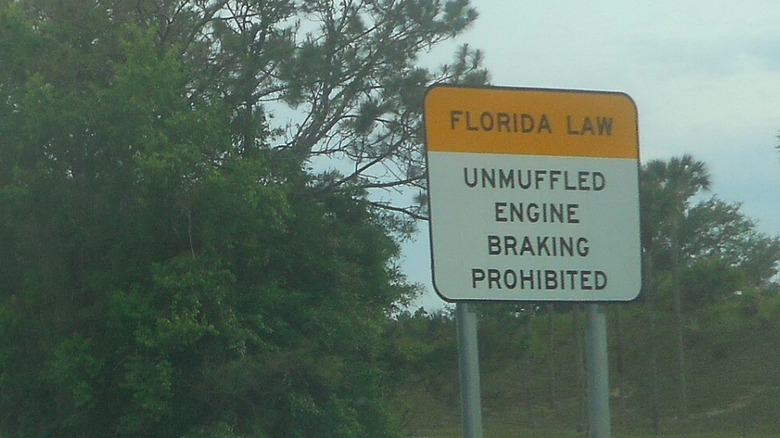
With automatic vehicles making up the majority of traffic and self-driving cars gearing up to take over, learning how to drive isn't such a big deal. Nowadays, kids as young as ten years already have a basic understanding of how to back up a car from the driveway – they've watched their parents, and picked up some terrible habits from video games.
Here's the truth. Driving isn't the hard part about going to driving school or taking a test – learning the signs is. There are hundreds of road signs to learn,
and according to a survey, a shocking majority of drivers still don't understand basic road signs. But what happens when you drive down a neighborhood and see the "No Engine Brake" sign?
If you learned anything from driving school, ignoring road signs could get you in trouble with your local authority. Some of these signs can be a little confusing, like the "No Engine Brake" sign, especially if you drive a regular sedan or family car. Well, the "No Engine Brake" sign is often found in populated areas and prohibits the use of engine or jake brakes. This restriction works to reduce noise pollution, since the noise produced by vehicles (mostly commercial and trucks) during engine braking can be loud.
Read more: Fans Say These Are The 5 Best Years For Cummins Diesel Engines
What Is Engine Braking And Why Is It Restricted?
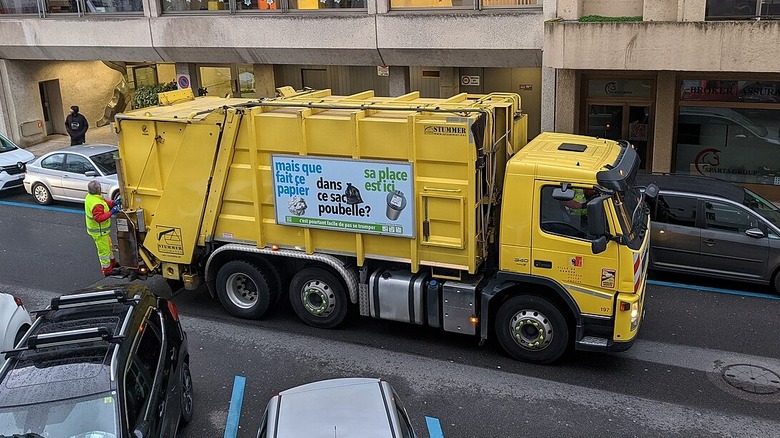
If you are driving down a neighborhood with your daily driver and come across the "No Engine Brakes," or sometimes, "No Unmuffled Engine Braking" sign, and are confused on what to do, the truth of the matter is that it only applies to large trucks and commercial vehicles running the engine brake or Jake brake (Jacobs Engine Brake) system as this type of braking system is used by such vehicles only.
Unlike engine braking technique on a manual transmission, where the driver lets off the accelerator, creating a vacuum in the cylinder, Engine brakes on commercial vehicles are a clever feature that utilises the vehicle's exhaust system to create back pressure, and as a result, slows down the vehicle, while preserving the brake pads. When initiated, it turns the engine from a power producer to an air compressor or pump, and uses the engine's own internal resistance to slow down the vehicle.
Unfortunately, while engine braking is effective in slowing down heavy commercial vehicles, it's also quite loud and against many city ordinances. The "ratatatata" sound produced can be soothing to enthusiastic truckers, but to regular folks in residential areas and hospital districts, it's disruptive, due to its machine gun-like effect. As such, many communities implement this restriction with the "No Engine Braking" sign to address noise complaints from residents.
Who Does It Affect And What Are The Penalties
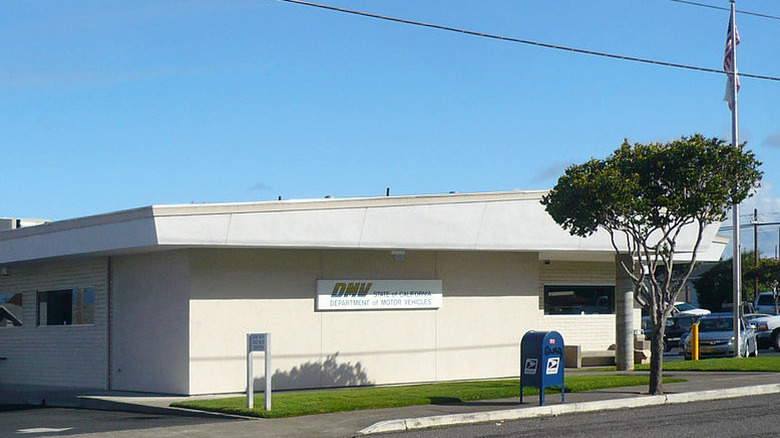
As you now know, the "No Engine Braking" sign doesn't apply to you if you are driving a regular non-commercial family car. The sign mainly applies to diesel trucks and large heavy commercial vehicles that use the Jacobs Engine Brake system to slow down.
This restriction won't apply to manual car drivers who initiate engine braking in such zones since the city ordinances only apply to noise pollution. Even though these traffic signs might be confusing to non-truck drivers, they are conspicuously placed on state highways and in specific neighborhoods, hospitals, or school zones. The engine braking restrictions are usually enforced through local ordinances, and drivers who violate them may face fines up to $250 in states like New York.
So, what happens if your primary braking system fails while rolling down a restricted zone, and your only safety option is to initiate Jake braking? Well, while the restrictions often have hefty fines, drivers are allowed to use engine braking in emergency situations and for safety reasons.
Want the latest in tech and auto trends? Subscribe to our free newsletter for the latest headlines, expert guides, and how-to tips, one email at a time.
Read the original article on SlashGear.
